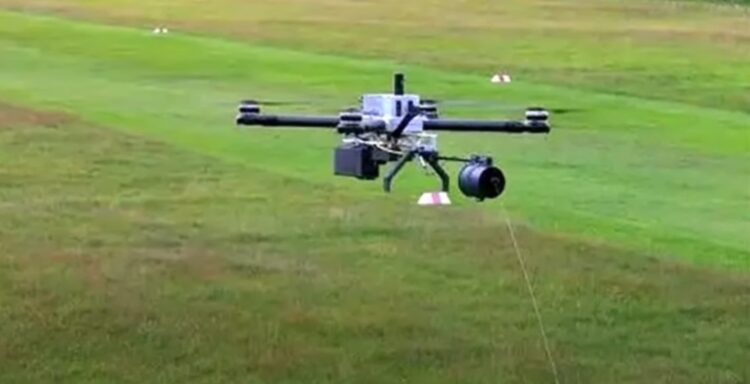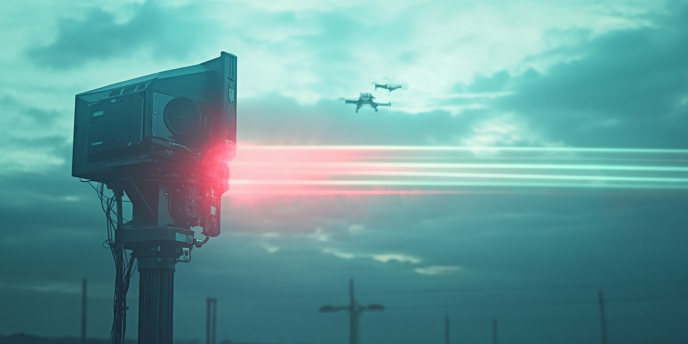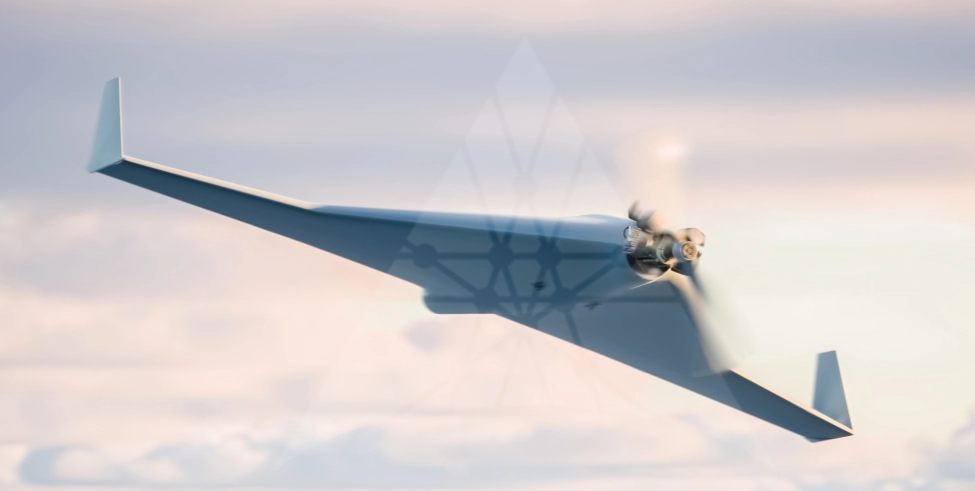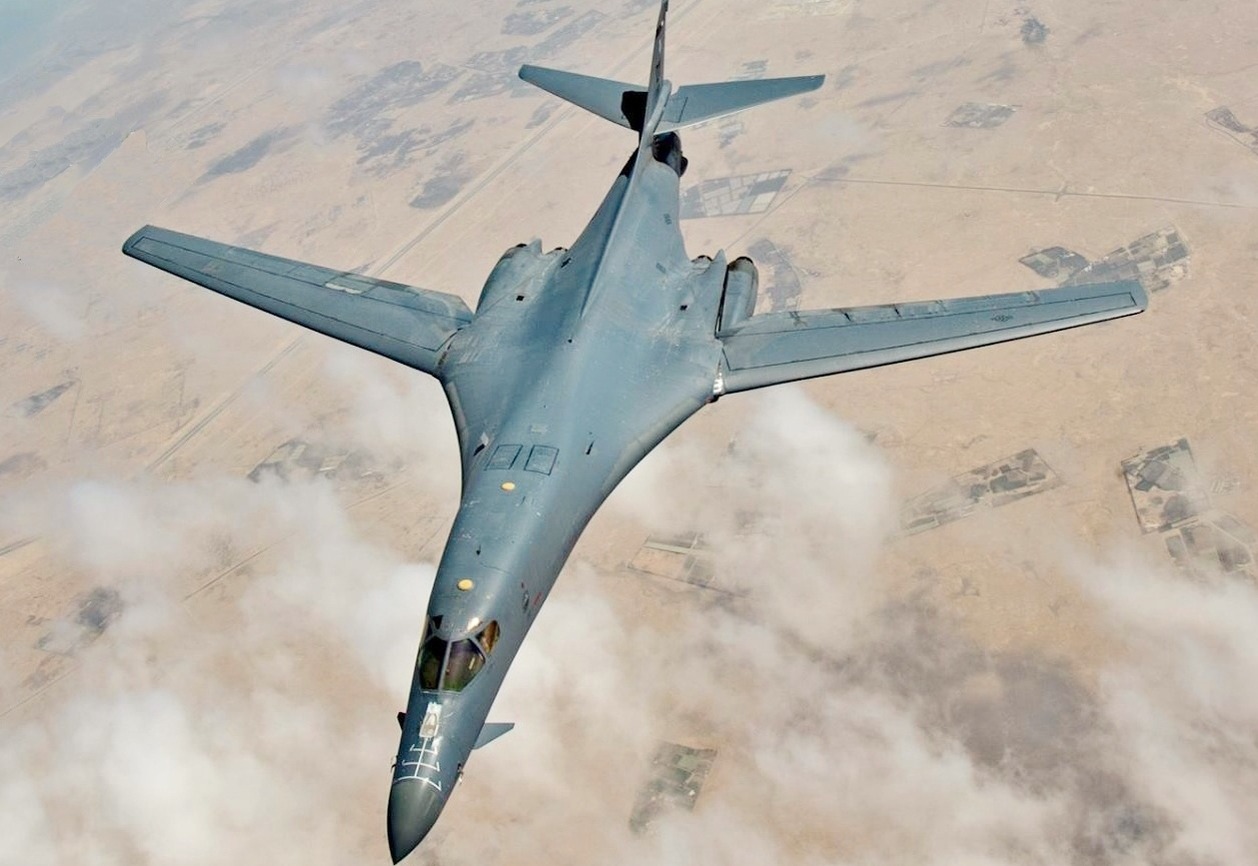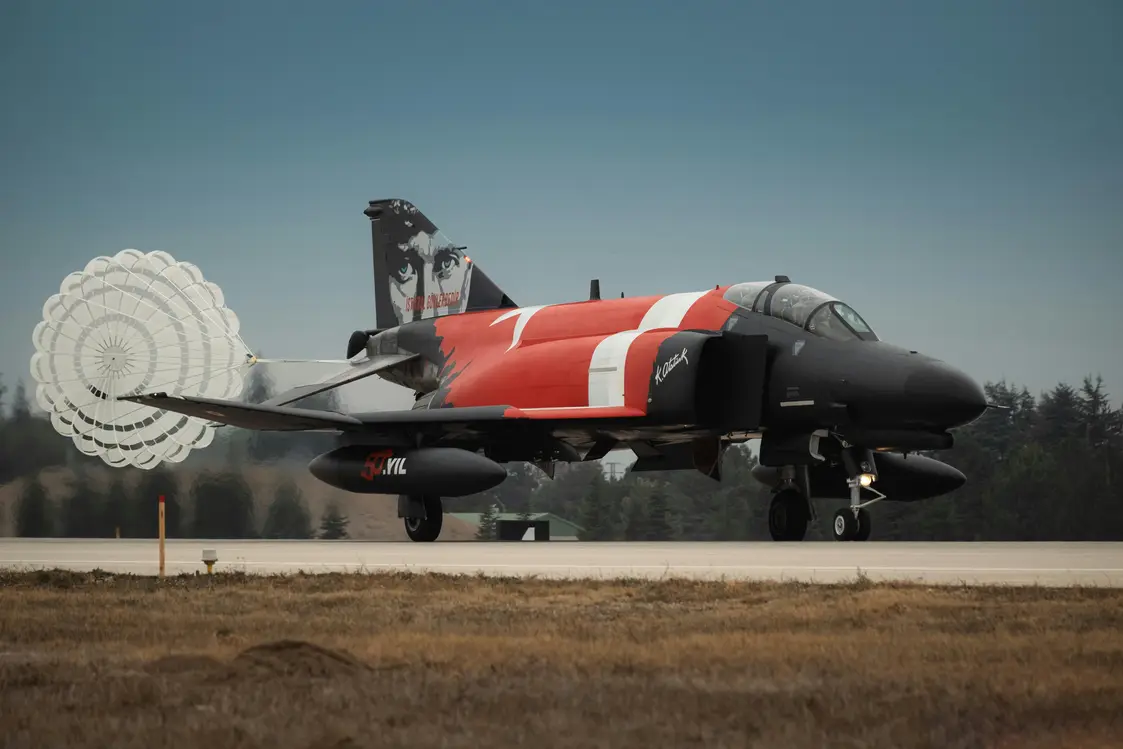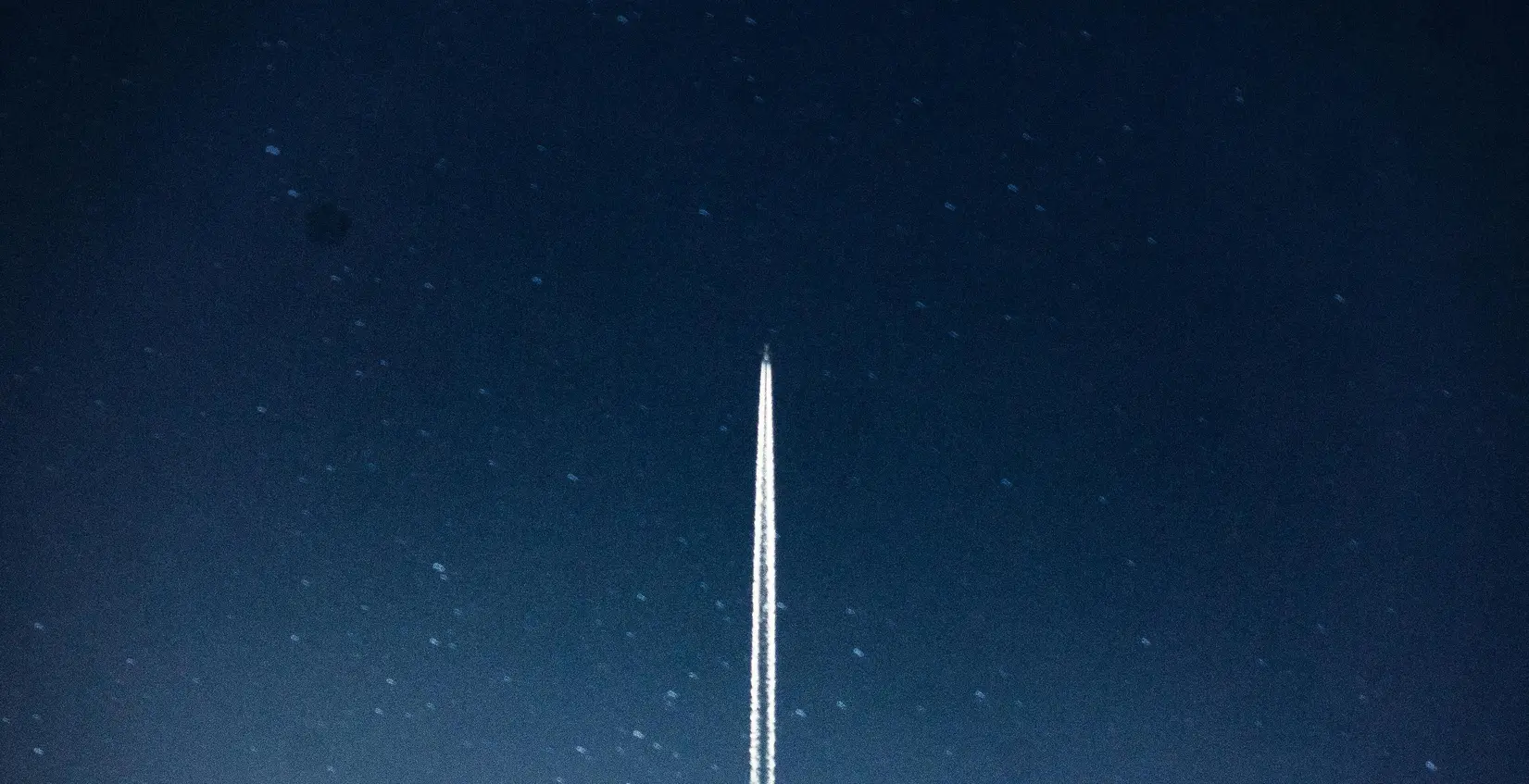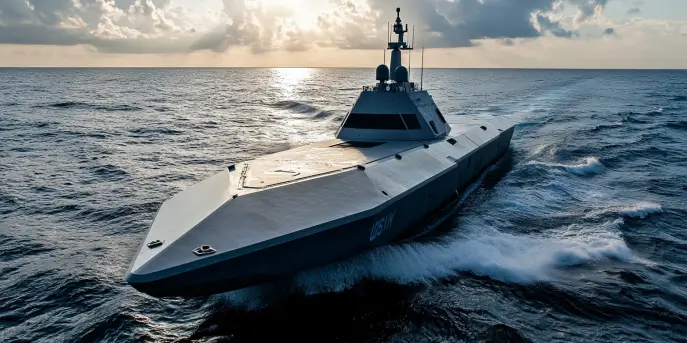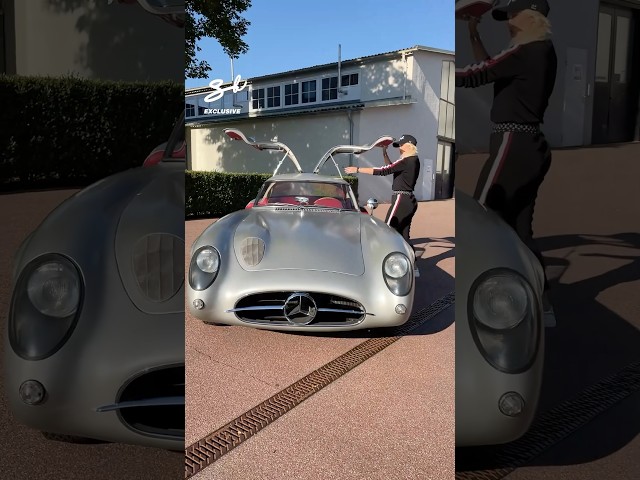In the rapidly evolving world of drone technology, the Prince Vandal Fiber Optic FPV Drone stands out as a groundbreaking innovation that could significantly alter the landscape of drone warfare. With its advanced features and capabilities, it represents a substantial leap forward in military aerial technology.
Unveiling the Prince Vandal Drone
Developed by a leading defense contractor, the Prince Vandal drone introduces a cutting-edge approach by utilizing fiber optic technology for its First Person View (FPV) systems. This development addresses a critical need for more secure and reliable communications in military operations. By transmitting video and control data via fiber optics, this drone offers unprecedented clarity and low-latency communication, which are crucial for mission-critical operations.
Technical Specifications and Features
| Specification | Detail |
|---|---|
| Communication System | Fiber Optic FPV |
| Range | Up to 30 miles |
| Maximum Speed | 65 mph |
| Camera | 4K UHD with Night Vision |
| Battery Life | 2 hours flight time |
| Autonomous Navigation | AI-Powered Obstacle Avoidance |
Revolutionizing Drone Warfare
The Prince Vandal is not just a technological marvel but also a strategic asset. Unlike traditional drones that rely heavily on radio frequencies, which are susceptible to jamming and interception, the fiber optic communication reduces these risks substantially. This innovation allows military forces to conduct operations with enhanced security and efficiency.
Enhanced Operational Capabilities
The drone’s capability to deliver high-resolution imagery in real-time can redefine surveillance and reconnaissance missions. Operators can penetrate enemy lines with minimal risk, gathering essential intel while remaining virtually undetectable. Its robust design includes AI-powered obstacle avoidance, ensuring that even in complex environments, the Prince Vandal can navigate effectively.
Applications Beyond the Battlefield
Although primarily designed for military use, the potential applications of the Prince Vandal drone extend to disaster response and search and rescue operations. In scenarios where traditional communication methods fail, the fiber optic system provides a reliable channel for coordination and data transmission. Rapid deployment and adaptability make it a versatile tool for various sectors.
Potential Challenges and Considerations
Despite its strengths, the implementation of fiber optic technology in drones presents certain challenges. One major consideration is the integration and maintenance of fiber optic cables, which may require specialized knowledge and resources. Furthermore, the initial costs can be substantial, potentially limiting its accessibility to larger organizations with extensive budgets.
Additionally, while the fiber optic system significantly reduces interference risks, it is crucial to ensure that the drone’s deployment remains compliant with existing international airspace and security regulations to prevent any geopolitical tensions.
The Future of Drone Technology
The Prince Vandal FPV drone is undoubtedly a substantial step forward. By aligning cutting-edge technology with practical military demands, it sets a benchmark for future innovations in the field. As research and development continue, expectations are high for even more sophisticated systems that could integrate seamlessly into various operations globally.
Ultimately, the Prince Vandal demonstrates the remarkable possibilities when advanced engineering meets strategic ingenuity, paving the way for newer forms of engagement in modern warfare with far-reaching implications beyond the battlefield.
